
As South Korea marks the 10th anniversary of its pilot resettlement program, research findings on the experiences of resettled refugees are emerging. The 47th Southeast Asia Seminar offered a timely opportunity to further my own research on the experiences of such persons before they arrive in Korea.
Resettled Refugees in South Korea: Gaps Revealed
After enacting Asia’s first domestic refugee law in 2012, South Korea adopted a resettlement program in 2015, making it the second country in Asia, following Japan, and the 28th globally to do so. While the adoption of a resettlement program—to accommodate individuals already recognized as refugees by the UNHCR in the country of asylum yet still in need of third-country resettlement due to challenges in local integration—is not obligatory under the Refugee Convention, South Korea notably responded to civil society pressure by enshrining refugee resettlement as a legal obligation within its Refugee Act, specifically in Article 24. In accordance with these legal obligations, South Korea resettled a total of 236 refugees between 2015 and 2022. During the initial period from 2015 to 2017, the majority of refugees resettled in Korea were Karen people from Myanmar selected from “temporary shelter areas” on the Thai side of the border between Thailand and Myanmar. Subsequently, since 2018, all individuals resettled in South Korea have been selected from Malaysia. This diverse group comprises various ethnic nationalities from Myanmar, encompassing over 13 linguistic identities and ethnicities, as well as a small number of individuals from Iran and Afghanistan (Park et al., 2023, pp. 5-6).
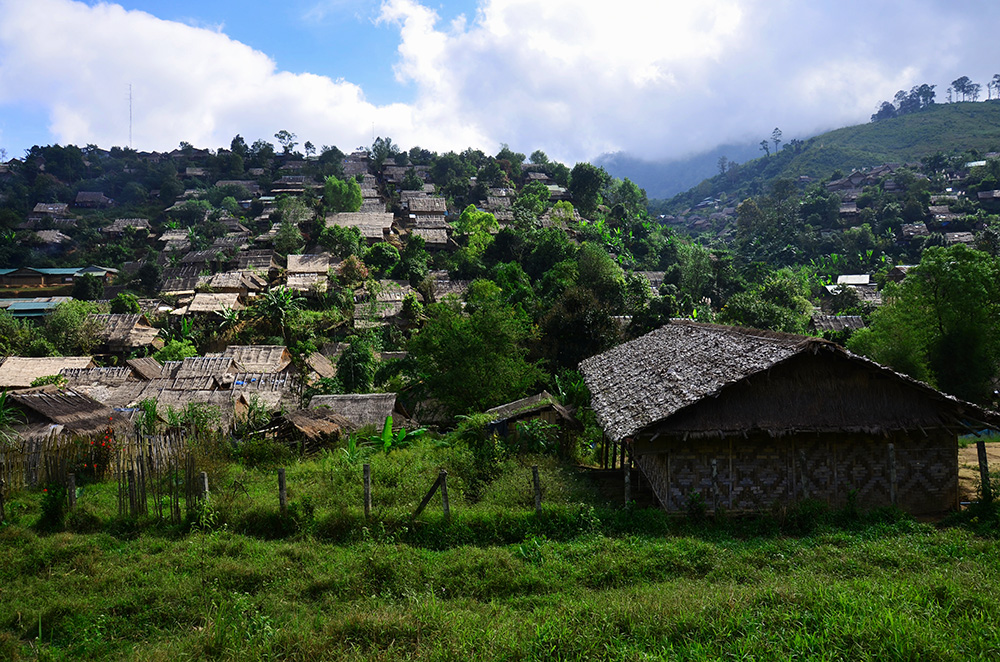
To formalize and expand the ongoing pilot program, UNHCR Korea conducted a survey in 2023 to capture the real-life experiences of resettled refugees (Park et al., 2023). The survey and its accompanying report found that the experiences that individuals from Myanmar have in their first countries of asylum, or temporary host countries (such as Thailand and Malaysia), continue to exert an enduring impact on their lives post-resettlement. Notably, the survey found that individuals from Myanmar who transitioned through Thailand had an employment rate of approximately 50 percent after resettlement in Korea, which was 24 percent lower than their counterparts from Malaysia (Park et al., 2023, p. 24). Additionally, around 35 percent of individuals from Myanmar transitioning through Thailand still depended on government subsidies at the time of the survey, indicating a lack of economic self-sufficiency following resettlement (Park et al., 2023, p. 198). The report also highlights a divergence in the willingness to settle down and integrate into the local community, with individuals from Myanmar transitioning through Thailand displaying a willingness rate of approximately 68 percent—18 percent lower than their counterparts from Malaysia (Park et al., 2023, p. 162). These gaps reveal the need for an inquiry of the underlying factors that shape the differing outcomes among refugees from Myanmar in Korea. What are the unique experiences of displaced people in Thailand and Malaysia, and how do experiences in temporary host countries influence their integration into the country of resettlement?
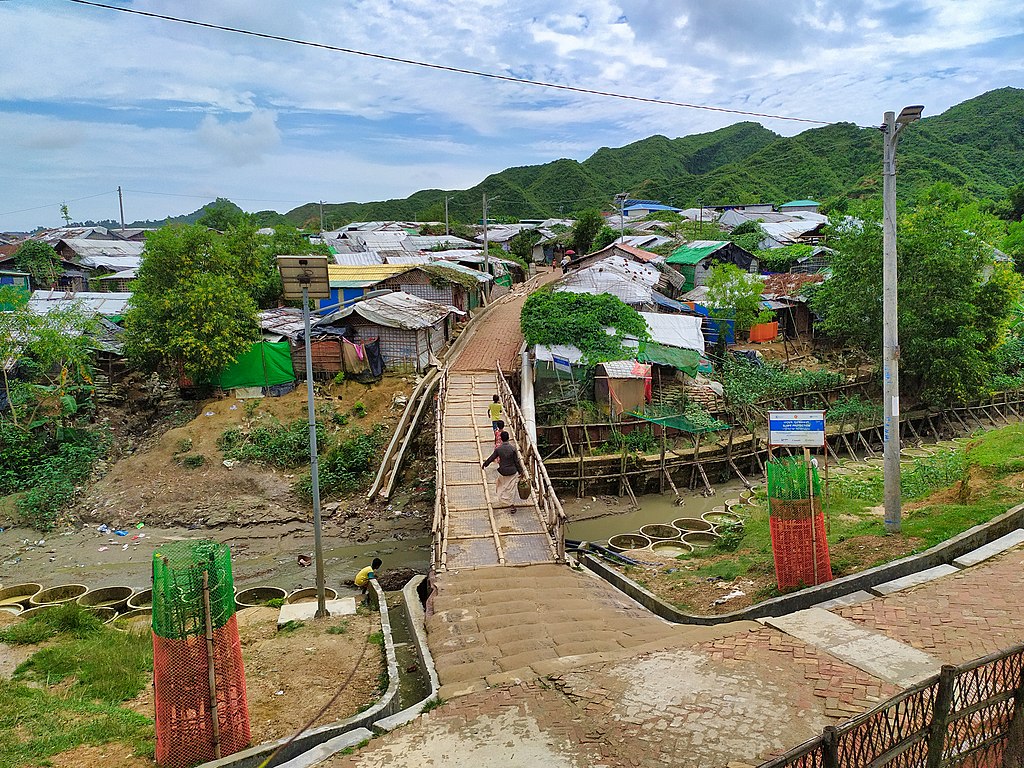
Connecting Transnational Experiences of Displaced Populations
To address these questions, my research dives into the multifaceted challenges that refugees and displaced populations across Southeast Asia face during their forced migration journeys, with a specific focus on those originating from Myanmar. Recent investigations have primarily centered on two phenomena. First, I examined the provision of disaster medical services for Rohingyas in South and Southeast Asian states, including Bangladesh, Thailand, and Malaysia, to uncover the underlying causes of the obstacles they encountered. This research revealed a prevalent migration pattern among Rohingyas: they persistently move towards Malaysia and Indonesia after initially escaping from Myanmar and temporarily settling in geographically proximate neighboring countries such as Thailand, Bangladesh, or India. While it is evident that many individuals from Myanmar in the “temporary shelter areas” in Thailand belong to the Karen ethnic group due to their geographical proximity, it remains puzzling why individuals from distant regions, such as Chin and Rakhine states in Myanmar, also follow similar migration trajectories through Thailand onward to Malaysia. Second, building upon the research mentioned above, my research analyzed the Malaysian state’s relatively generous informal refugee protection framework compared to those in the neighboring states.
Synthesizing my recent findings with the survey outcomes from UNHCR Korea, it has become apparent that the disparities in social integration among resettled refugees in South Korea may be linked to the factors motivating individuals from Myanmar to forgo remaining in their initial host countries and taking the risk of relocating to a different host country. In this context, I participated in the 47th Southeast Asia Seminar to expand the scope of my research and drew comparisons between the experiences of marginalized communities along the Thai-Myanmar border and those in Malaysia. This seminar enabled me to “connect the dots” of the forced migration route of displaced people from Myanmar, offering insights into the transnational experiences of these populations. The seminar offered invaluable opportunities to visit key sites, interact with diverse stakeholders, and attain a nuanced understanding of the intricate local dynamics along the border zones and the multifaceted challenges faced by the displaced population living in the area.
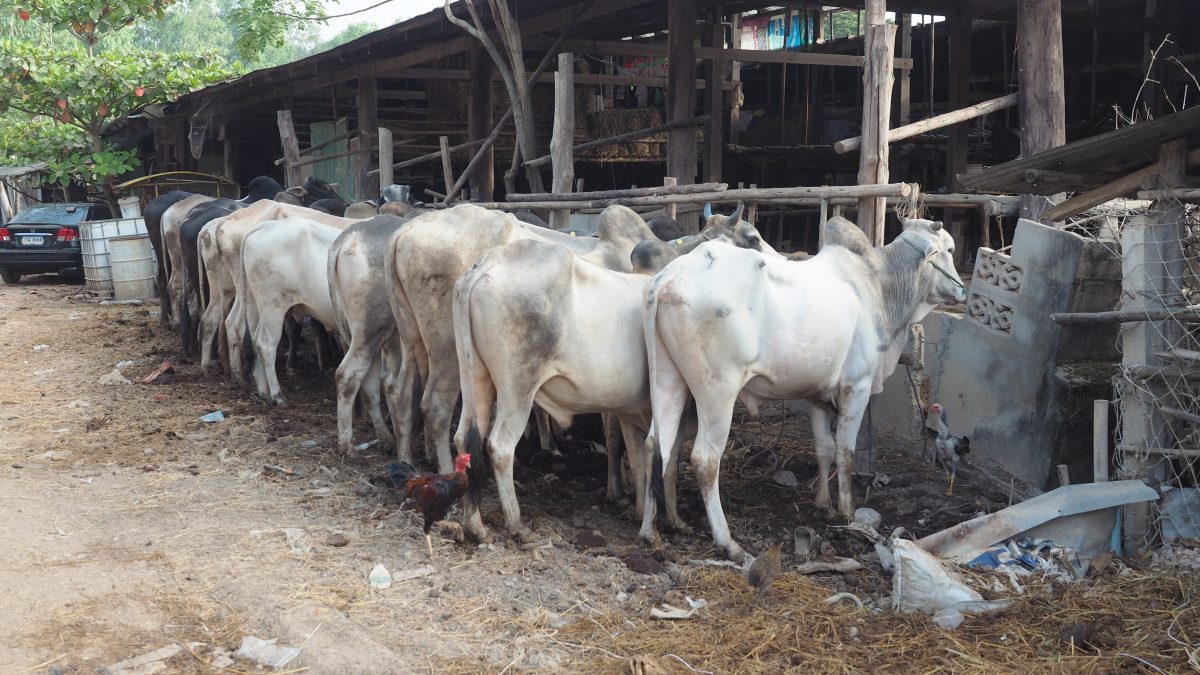
Conditions in Temporary Host Countries: A Comparison
Malaysia
Malaysia is not a signatory to the 1951 Refugee Convention or its 1967 Protocol. Furthermore, the Malaysian state’s Immigration Act of 1959/1963 designates individuals from Myanmar who enter its territory without authorized entry permits as illegal immigrants. Despite these legal obstacles, the Malaysian state does allow individuals from Myanmar who cross the border illegally to access refugee registration and screening processes managed by UNHCR Malaysia. As of 2022, approximately 186,986 refugees and asylum seekers were registered with UNHCR Malaysia, with 80 percent originating from Myanmar. Reports indicate that displaced persons in Malaysia who have received either proof of registration for the refugee status determination process or a refugee identification card can enjoy a certain level of rights. For instance, they are granted temporary legal residency in Malaysia and are spared from detention and arrest, albeit to a limited extent. Additionally, they have access to public hospitals, with 50 percent of medical expenses for foreigners covered (Kim, 2023, pp. 135-136).
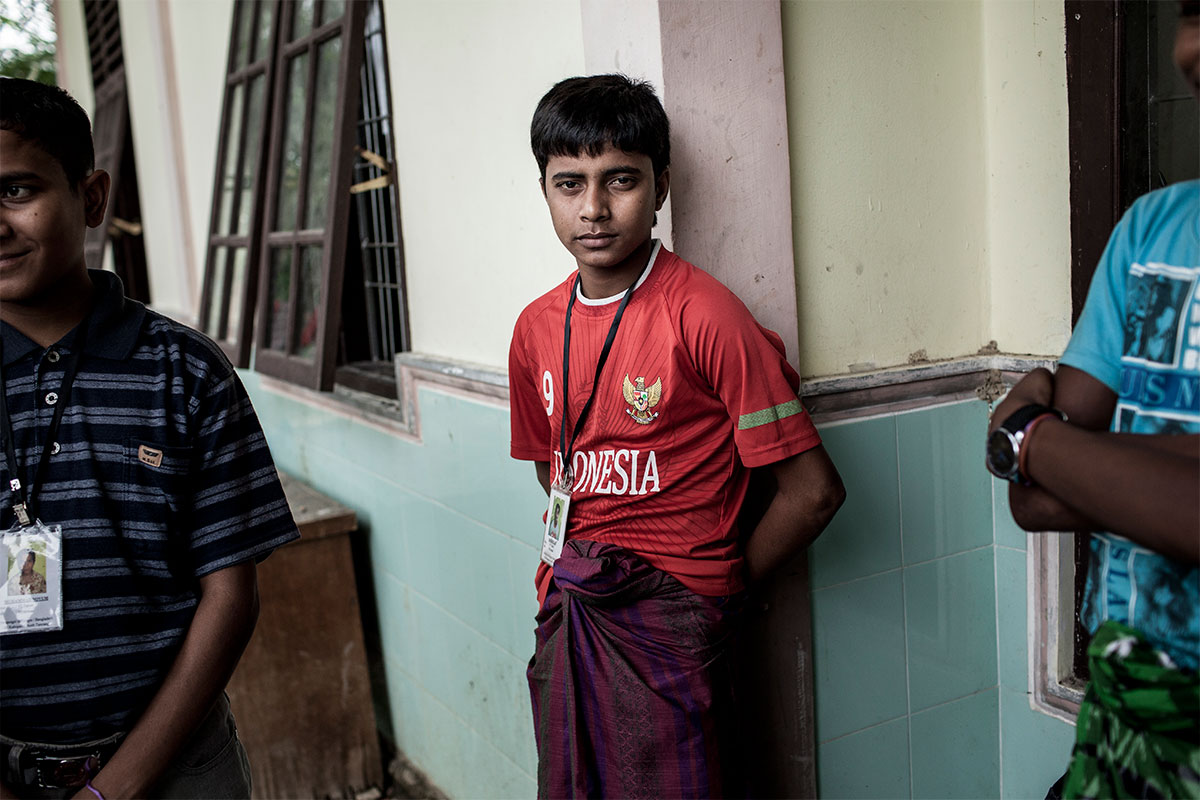
In addition, it is noteworthy that in February 2023, the Malaysian Industrial Court ruled in favor of a refugee worker who, with the assistance of a local NGO, filed a lawsuit against a company that terminated his employment without paying overdue wages in full. In Malaysia, refugee and migrant workers fulfill the country’s need for cheap labor, which has been critical for its recent economic growth. Perhaps with the recognition of the importance of the refugee labor force, the Industrial Court of Malaysia may contribute to the gradual expansion of refugees’ right to work and to the guarantee of equal rights via several rulings in favor of refugees. Although Malaysian immigration and labor laws do not expressly recognize refugees’ right to work, they do acknowledge refugees’ right to pursue legal action as human beings, regardless of their residency status in the country, in cases of unfair dismissal or deprivation of life and physical liberty, thus underscoring the importance of universal human rights. Consequently, it is reasonable to assert that Malaysia indirectly recognizes refugees’ right to seek justice by permitting them to file claims in the courts (Kim, 2023, pp. 145-150). This practice has the potential to continue to expand refugees’ labor rights in Malaysia by recognizing, despite their illegal status, that their work is essential and that their claims are legitimate.
Thailand
Like the Malaysian state, the Thai state is not a party to the Refugee Convention or its 1967 Protocol. Its 1979 Immigration Act also deems individuals entering its territory without a valid visa or legal permit as illegal migrants (Tangseefa, 2007). However, since the Cold War, Thailand has generously allowed individuals fleeing regional armed conflicts, such as the Vietnam War, the Cambodian Civil War, and the Cambodia-Vietnam War, to stay temporarily in restricted areas within its territory. For the most part, the Thai state also has allowed international organizations, including UNHCR and other NGOs, to conduct humanitarian relief activities in these areas. One could argue that this approach, by and large, persists to this day, with the Thai state continuing to accommodate individuals in restricted shelter areas. The official establishment of a string of “temporary shelter areas” along Thailand’s western border began in 1984, a few years before Burma/Myanmar’s historic democratic uprising in 1988. Since then, the Thai state has hosted tens of thousands of people from Myanmar in nine “temporary shelter areas” across Mae Hong Son, Tak, Kanchanaburi, and Ratchaburi provinces (Tangseefa, 2016). The ethnic Karen have historically populated the border area of Myanmar adjacent to Thailand’s Tak Province and their dominant political organization, the Karen National Union (KNU), has engaged in armed conflict with Myanmar’s military since the late 1940s (Tangseefa, 2007; Lee, 2023, p. 93). As a result, as of January 2024, 90,759 individuals from Myanmar were residing in “temporary shelter areas” on the Thai side of the border, with about 82 percent being Karen ethnic nationalities (TBC, 2024).
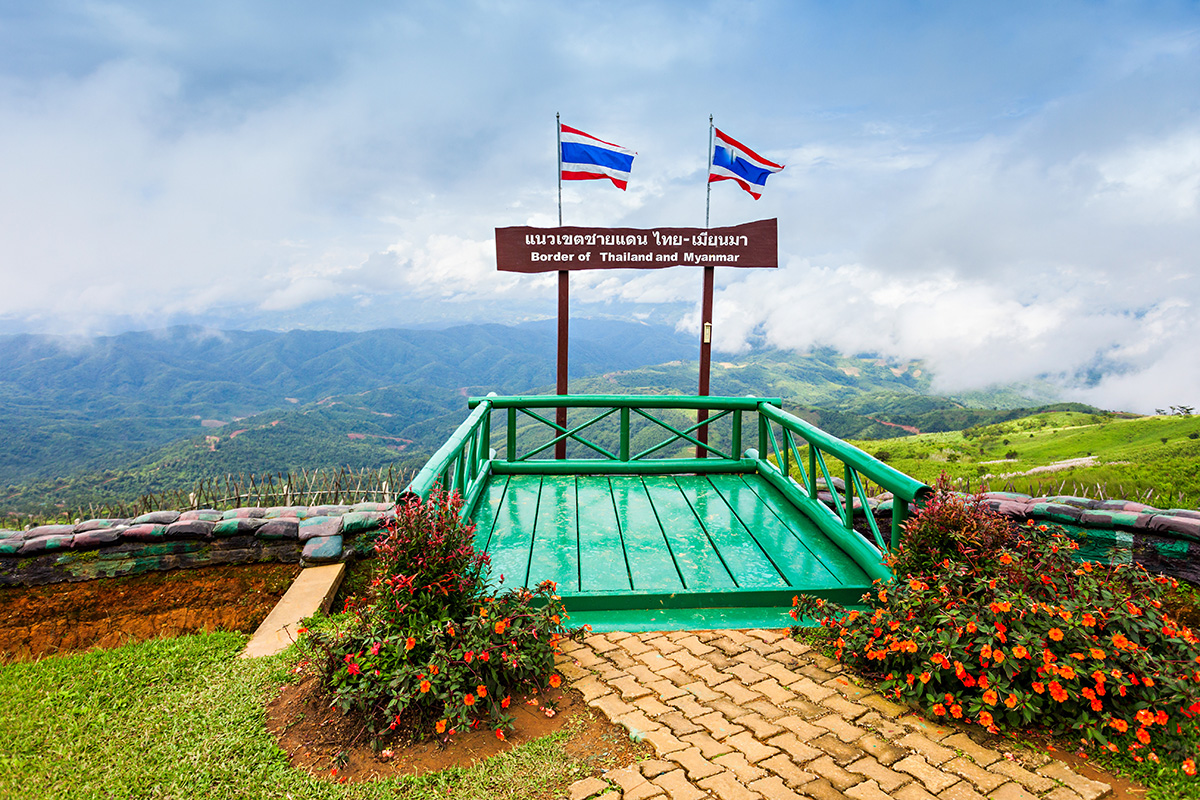
The Thai-Myanmar border remains porous partly due to the protracted armed conflict between different military regimes and ethnic nationalities in Myanmar. West of the Tak area, people frequently cross the border via the Moei River (in some areas, under soldiers’ watchful eyes) to escape war, seek educational opportunities, access medical services, or engage in trade. Consequently, the border city of Mae Sot has evolved into a vibrant cosmopolitan hub with a rich history of economic and social interactions between Myanmar and Thailand. To support Myanmar’s marginalized ethnic peoples who lack access to education and healthcare, migrant learning centers and medical clinics have been established on the Thai side of the border. Many individuals from Myanmar have benefited from these facilities, enrolling in educational programs or seeking treatment for ailments like tuberculosis and malaria, among others, from institutions like the Shoklo Malaria Research Unit or the Mae Tao Clinic. Following the historical election in 2010 and before the COVID-19 pandemic, movement between the two countries was relatively unrestricted, enabling people to return home after receiving medical treatment or completing their studies in Thailand. Some marginalized migrant workers could even obtain work permits, which granted them certain rights, including the right to work, without having to reside in a “temporary shelter area.”
The situation shifted dramatically following the 2021 coup. The Thai state stopped permitting the entry of new arrivals from Myanmar to existing “temporary shelter areas” and imposed “strict restrictions on their movement and access to humanitarian aid and services” (Human Rights Watch, 2023; Fortify Rights, 2023). This does not imply that the Thai authorities completely abandoned populations of concern without any protection, however. In fact, the level of protection provided to the people from Myanmar varies across different border areas. Yet although the Thai state has, on some occasions, allowed new arrivals from Myanmar to stay in the “informal temporary shelters” near the border since the coup (Human Rights Watch, 2023), these individuals remained “strictly confined behind fences and barred from seeking employment in Thailand” (APHR, 2023). As for those already residing in the “temporary shelter areas,” their food ration was decreased to 300 THB per month in 2023 due to the deteriorating global refugee situation (Karen Peace Support Network, 2023). Furthermore, local Thai communities have been expressing “humanitarian fatigue” due to its long history of accommodating many displaced people from neighboring countries. Considering the circumstances, in May 2023, the Thai state, in partnership with UNHCR, announced that it would begin an interview process for individuals from “temporary shelter areas” for resettlement to the United States (Peter, 2023). As of March 31, 2024, a total of 13,148 refugees had successfully undergone the screening process and were awaiting resettlement to the United States (UNHCR 2024).
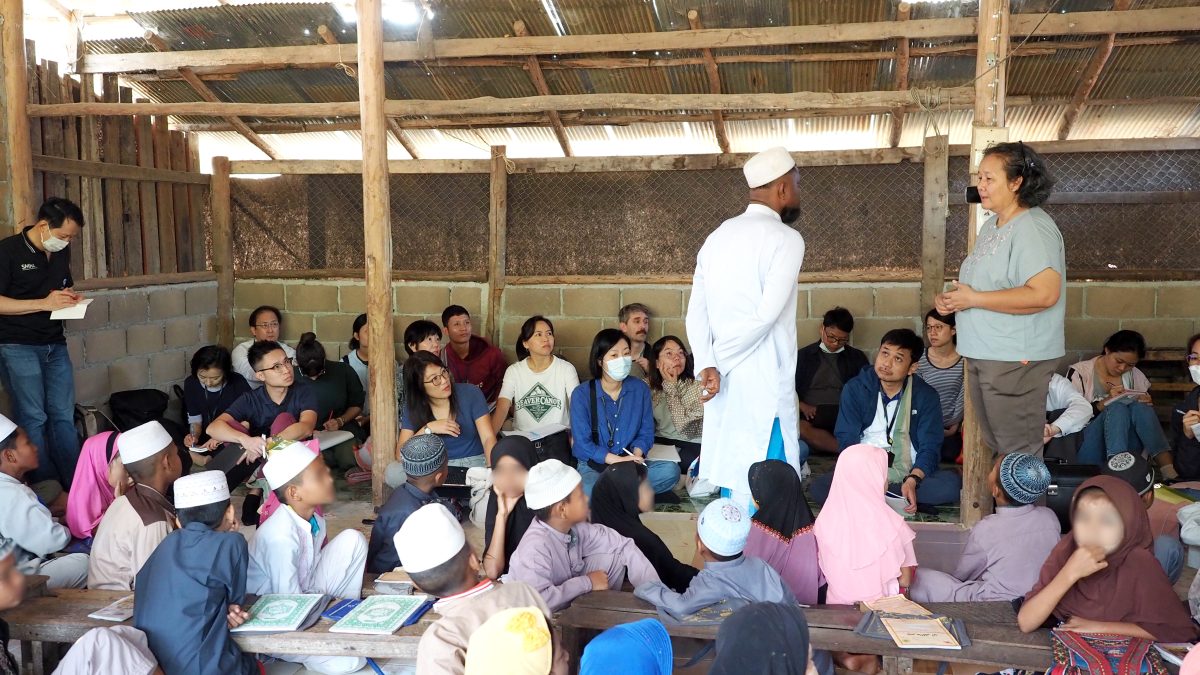
Conclusion: Understanding the Forced Migration Trajectory to Improve Resettlement Outcomes
Refugees’ experiences in their first country of asylum, or temporary host countries, including economic activity, education, health, housing, legal status, and government crackdowns and detentions, have an enduring effect on their lives even after they find a permanent home in a third country. Therefore, it is crucial for the South Korean government to carefully examine the conditions of host communities in Thailand and Malaysia, as these are the countries through which the vast majority of resettled refugees in South Korea have transitioned. To this end, I have briefly examined the current circumstances of displaced individuals residing in Thailand and Malaysia by drawing on knowledge gained from the 47th Southeast Asia Seminar.
While my brief visit to the border area offered initial insights into understanding the varying outcomes of integration among resettled refugees in South Korea, further research is required to systematically analyze the forced migration trajectory of displaced populations from their country of origin to temporary host states and ultimately to the resettlement destination. I am indebted to Professor Decha Tangseefa for generously sharing his extensive networks cultivated over his career, which have enriched my understanding. I eagerly anticipate advancing my research in this field by delving deeper into the complex dynamics surrounding forced migration and refugee integration.
Jeonghyeon Kim
(Chungnam National University)
Jeonghyeon Kim was associated with Sungkyunkwan University’s Center for Good Democracy at the time of the seminar.
Banner image: Interviewing a marginalized migrant, at the Htee Ger Nee Church Photo: CSEAS
